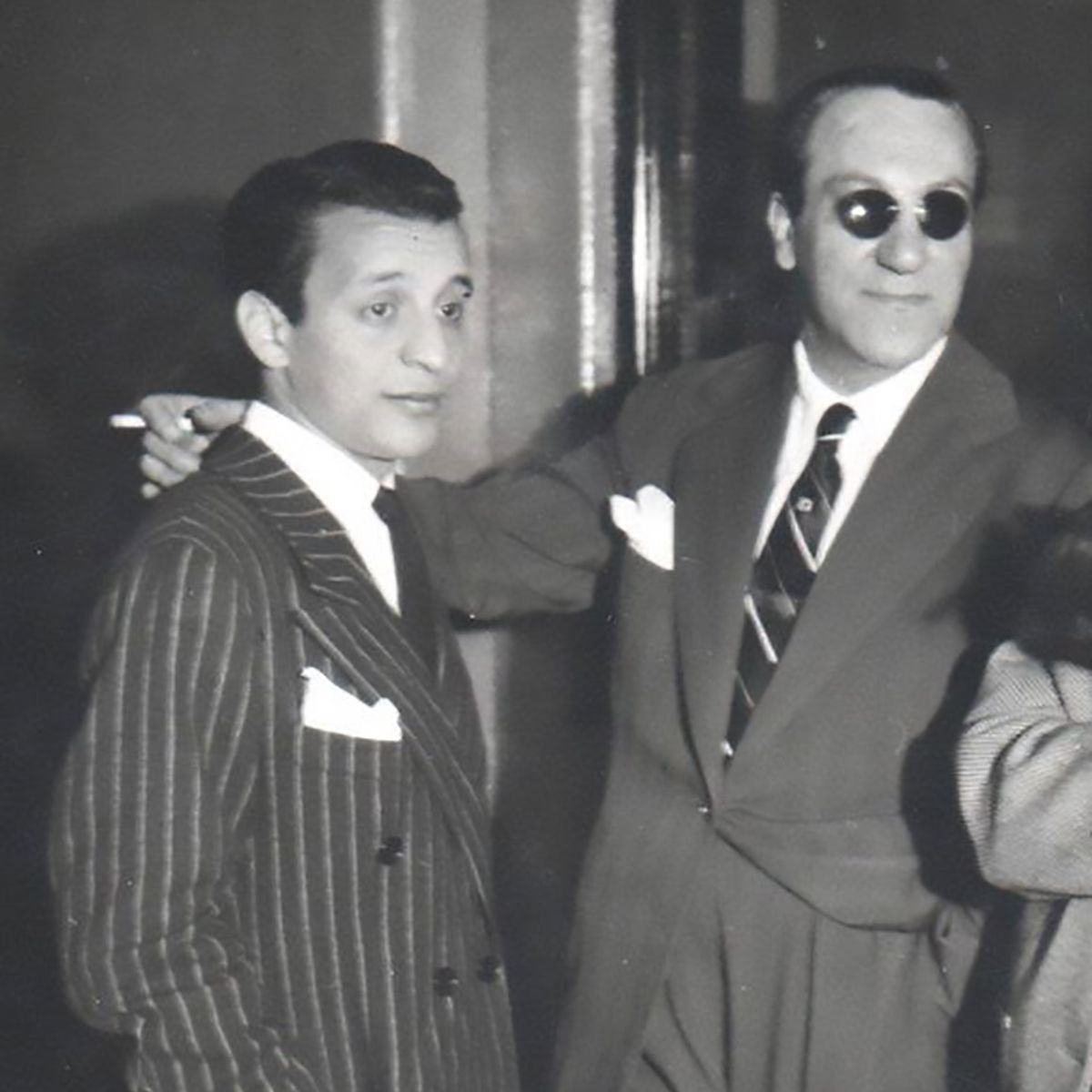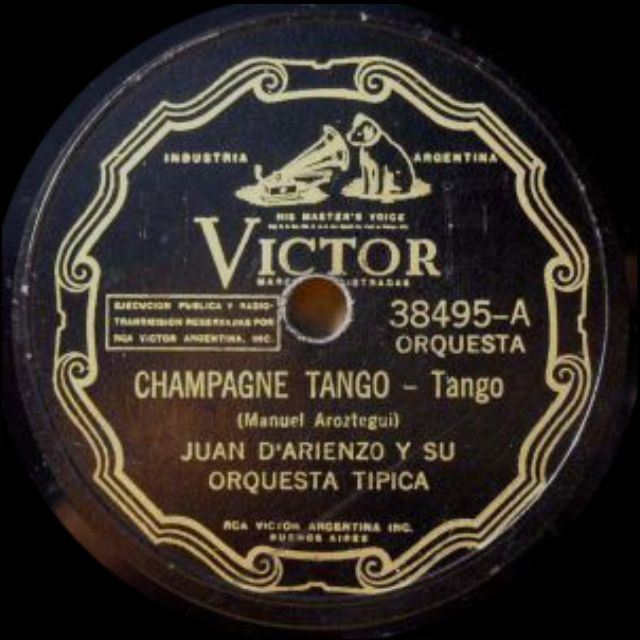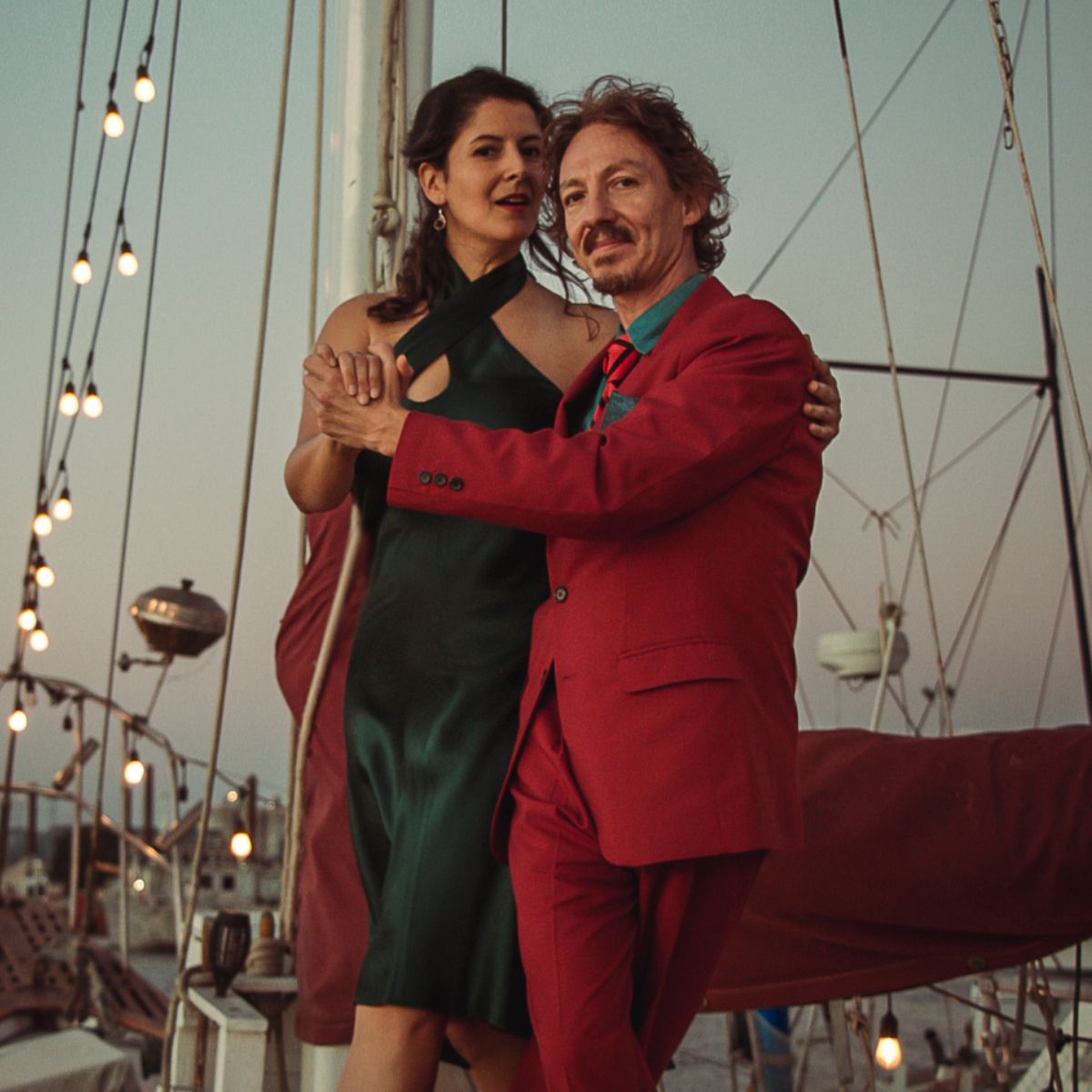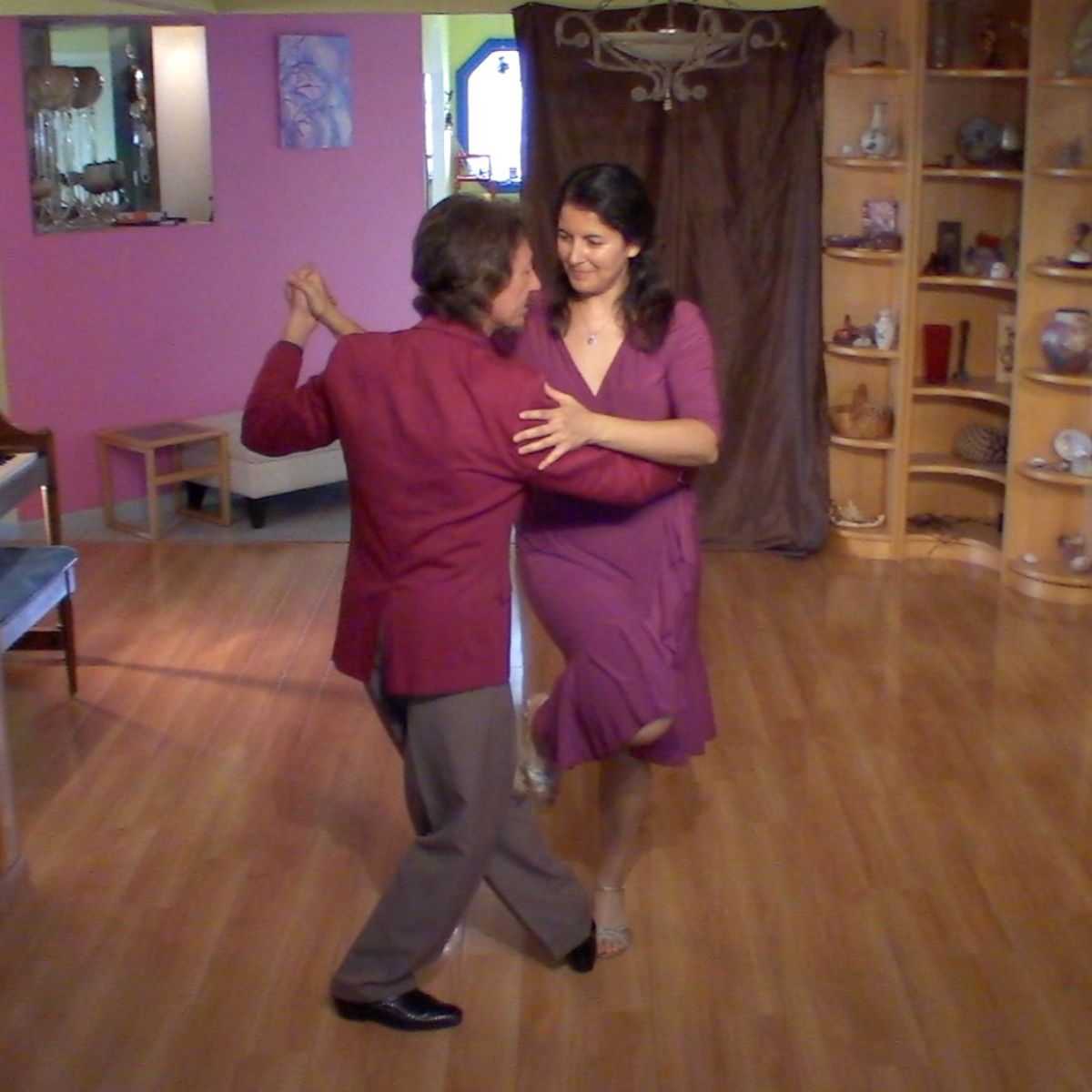“El distinguido ciudadano” by Carlos Di Sarli y su Orquesta Típica, 1952.
“El distinguido ciudadano” by Carlos Di Sarli y su Orquesta Típica, 1952.

Carlos Di Sarli
Pianist, leader and composer (January 7, 1903 – January 12, 1960)
Di Sarli moved beyond the style of the guardia vieja of tango and Julio de Caro‘s avant-garde, preferring to forge his style without concession to the fashions of the day.
While being influenced by Osvaldo Fresedo early on, he soon established his way.
A talented piano player, he directed his orchestra from behind his instrument.
His recordings do not feature significant instrumental solos; the bandoneóns sometimes carry the melody but essentially play a rhythmical, milonguero role. Only the violins stand out, playing a short solo or a counterpoint melody.
He recorded many tracks more than once over the years.
Di Sarli’s creativity was mainly shown by the left-hand piano part, filling in, modulating, and accenting his delicate and elegant dancing beat.
His reputation for musical elegance got him his nickname El Señor del Tango (The Gentleman of Tango).
Listen and buy:
-
Amazon music
-
iTunes music
-
Spotify
We are happy to have a collaboration with the people from tangotunes.com from whom some of you may have heard, they do high-quality transfers from original tango shellacs.
It is the number 1 source for professional Tango DJs all over the world.
- Now they started a new project that addresses the dancers and the website is https://en.mytango.online
You will find two compilations at the beginning, one tango and one vals compilation in amazing quality.
The price is 50€ each (for 32 songs each compilation) and now the good news!
If you enter the promo code 8343 when you register at this site you will get a 20% discount!
Thanks for supporting this project, you will find other useful information on the site, a great initiative.
More Argentine Tango music selected for you:
We have lots more music and history











